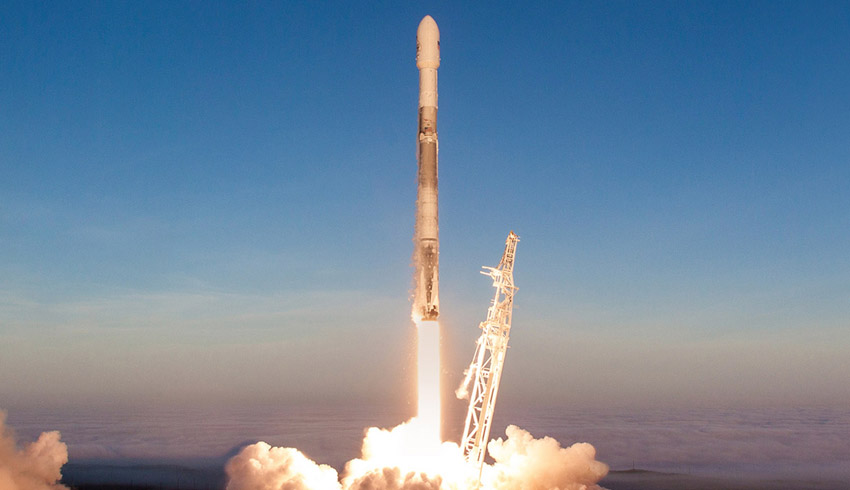The successful launch comes following the abort triggered by one of the Falcon 9 rockets’ onboard computer triggered an abort alert following the detection of an issue with one of the rockets’ nine Merlin 1D engines, just before the lift-off.
SpaceX tweeted shortly after the launch abort, stating: “Standing down today; standard auto-abort triggered due to out of family data during engine power check. Will announce next launch date opportunity once confirmed on the Range.”
The abort was combined with an instantaneous launch window, meaning SpaceX engineers will have to work with their partner, the US Air Force, to conduct another launch attempt the following day.
Falcon 9’s first stage previously supported the Iridium-7 NEXT mission in July 2018, the SAOCOM 1A mission in October 2018, the Nusantara Satu mission in February 2019, and the second launch of Starlink in November 2019. Falcon 9’s fairing previously supported the first launch of Starlink in May 2019.
The Falcon 9 is equipped with safety features that can trigger an on-pad abort like the one on Monday, and can even abort during flight if it detects an anomaly.
SpaceX test-fires each of its rockets before launch. This allows the engineers to make sure the systems are functioning as expected. That routine test, called a static fire test, typically happens a couple of days prior to launch.
By all indications, the rocket was ready to go and cleared for flight. However, that doesn’t mean that issues cannot creep up on the day of launch.
Starlink is the name of a satellite network that the private spaceflight company SpaceX is developing to provide low-cost internet to remote locations.
While SpaceX eventually hopes to have as many as 12,000 satellites in this so-called mega-constellation, the size and scale of the project have flustered astronomers and amateur skywatchers, who fear that the bright, orbiting objects will interfere with observations of the universe.

